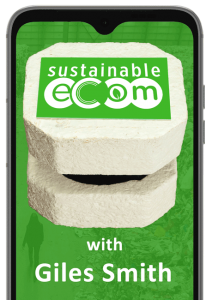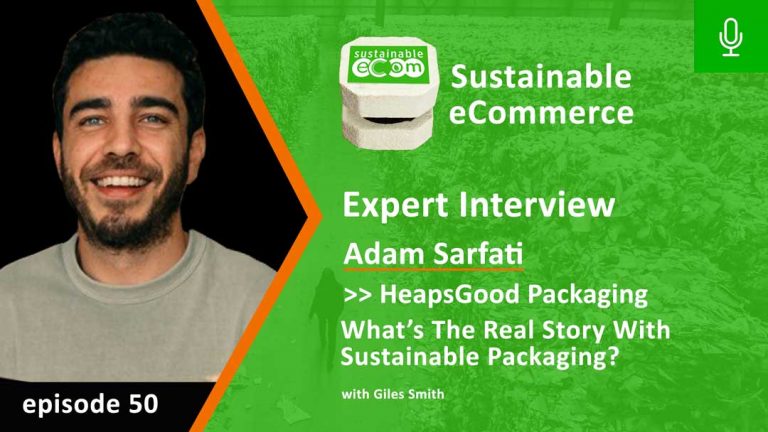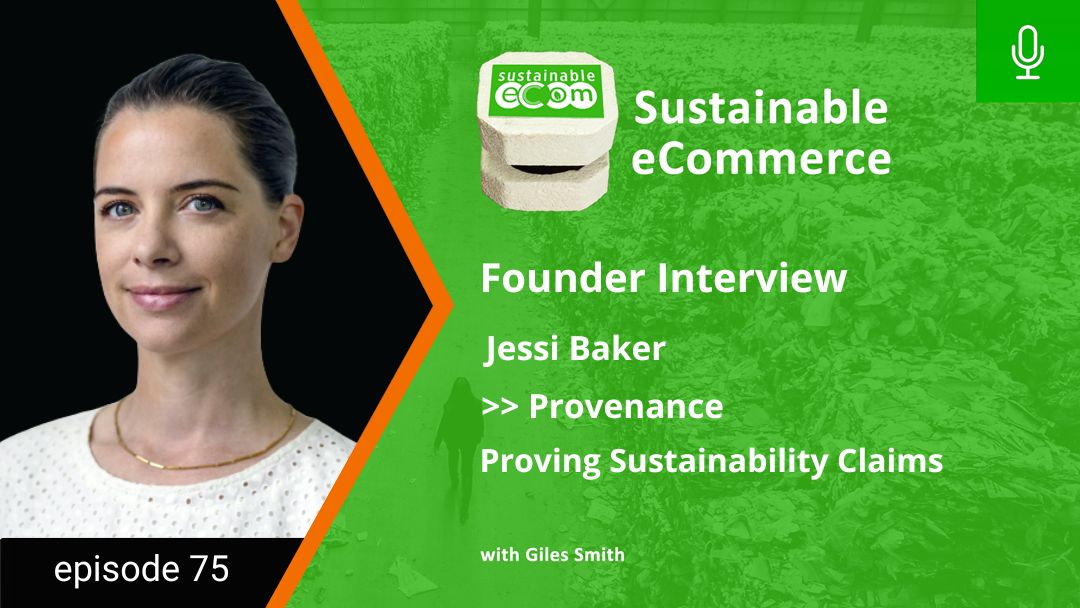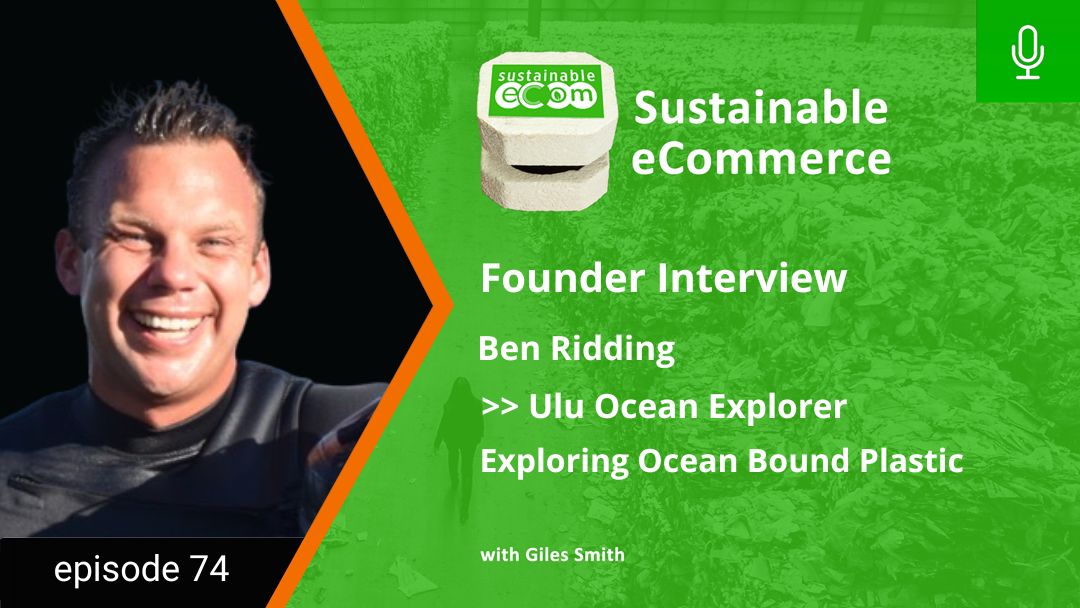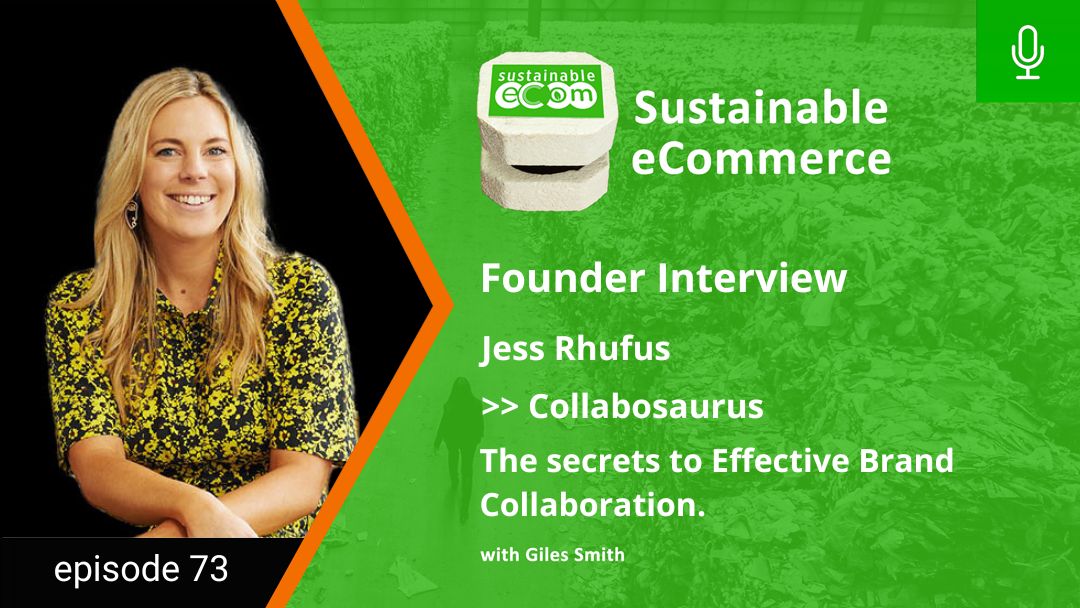Ep50 - Sustainable Ecommerce Podcast
It’s no coincidence that we’ve accepted HeapsGood packaging as our first sponsor. Aside from being one of the easiest onramps for a brand to start doing this more sustainably, sustainable packaging is actually a really important element and vehicle for your brand story. Yet as we started to review the data from our huge analysis of 500 sustainable brands, we discovered that the VAST majority are either missing the opportunity to leverage that opportunity, or failing to communicate what they are doing to their customers. That’s bad because not only is packaging a pain point for eco-conscious consumers, but there’s evidence now that those same customers are seeking that information when choosing brands to buy from.
So I’ve invited Adam Sarfati from HeapsGood back on the show this week, to talk about that this specifically, provide some guidance on the realities of sustainable packaging options, and some exciting news to share around using packaging as a story telling tool that I know you’re going to want to take advantage of.
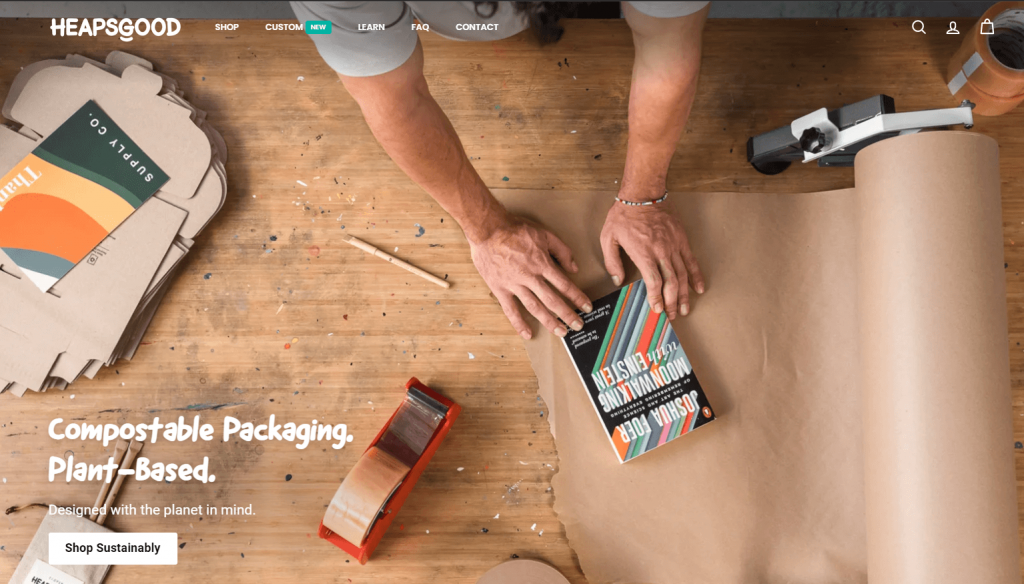
Why are brands looking for sustainable packaging options?
Fundamentally, there are several reasons, but the biggest one is that consumers are increasingly expecting to receive the products they buy in recyclable or compostable satchels. If you’re not already doing that, you risk disappointing the customer and potentially damaging your brand.
Apart from that, it’s obviously the right thing to do for the environment, sustainable brands generally don’t want to do things that lead to waste and landfill. Since you can’t eliminate packaging entirely, choosing a sustainable option is the way to go.
What’s the main trend in what brands are seeking regards packaging in 2023
There are two main trends Adam’s noticed. The first one is simply towards minimising the packaging, including fillers & padding. Less is definitely good when it comes to packaging. Many brands are starting to actually combine their secondary and shipment packaging into one thing.
Following on from that, packaging that serves both the protection and addressing features needed is being increasingly sought after, which is why the team have been working on compostable padded stachels.
What should brands be communicating to customers about how to dispose of their packaging?
Firstly, biodegradable isn’t really a word we use any more. Pretty much anything is biodegradable, and it doesn’t speak to how to handle the items or how long they take to break down.
So then we need to be careful about compostable. If things are industrially compostable, that’s a problem because we really don’t have any industrial composting facilities here in Australia, at least not available to the general public. That means the items end up in landfill, generating greenhouse gas emissions.
Plastic mailer satchels are also problematic now. As a result of the Red Cycle fiasco, it’s apparent that we really don’t have the facilities here to handle soft plastics either, so effectively if you’re using recyclable plastic mailers, you should probably consider swapping out now to paper based mailers.
Compostable plastic mailers are usually not recyclable, so it’s important to provide guidance to customers on what they should do with those when they get them. They can literally be chopped up and buried in the garden, though we advise to cut off adhesive labels and any tape that’s been added. For customers living in appartments or in the city with limited access to composting, you should talk them through a funnel of suggestions, from acquiring a Bokashi compost bi, to checking if the council accepts them in a green bin, and finally disposing in the red bin as a last resort.
Most paper based mailers can be both composted and recycled, though note that some mailers included hot seal glues (plastic), so you’ll want to be careful about that. HeapsGood mailers are fully compostable.
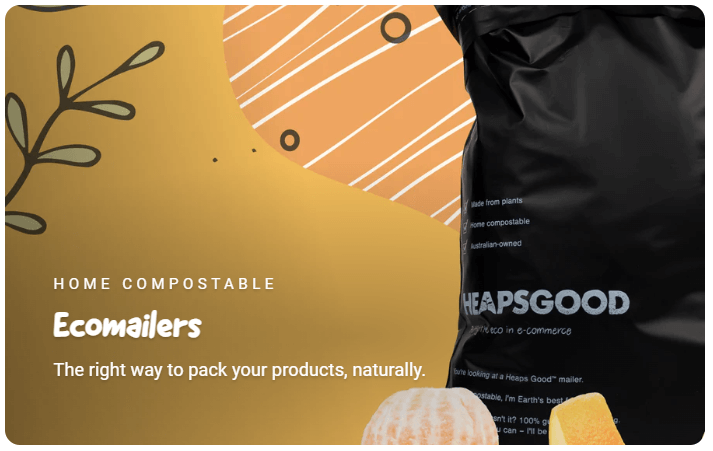
What are some of the important considerations with purchasing compostable plastic mailers?
Unlike paper mailers, compostable mailers are actually designed to actively break down when exposed to soil conditions, including moisture and microbes. As a result, they do have a shorter shelf life. When making purchases, you should only purchase enough to last you 6 months. After that you may notice some visible deterioration to the products, which means they may not stand up to the rigours of shipping. They should be stored in a cool dry place to maximise shelf life.
Why are custom-printed mailers proving so popular with brands?
Your mailer satchel is the first thing the customers sees when they receive your product. For new customers that makes it the first touch point and therefore an important element in the overall brand experience.
Adding your brand to the mailer gives a strong impression, even more so when you print some welcome messaging inside the lid.
The problems for smaller brands is that the MOQ for custom printing has always been very high. There’s usually a set up fee for establishing the screen print, and then you usually have to buy something like 10,000 units to make them viable.
However, HeapsGood have recently introduced an innovation which allows them to digitally print using vegetable-based inks in quantities of 100 or more. That makes all the amazing and important story telling elements of custom printed packaging available to brands of all sizes.
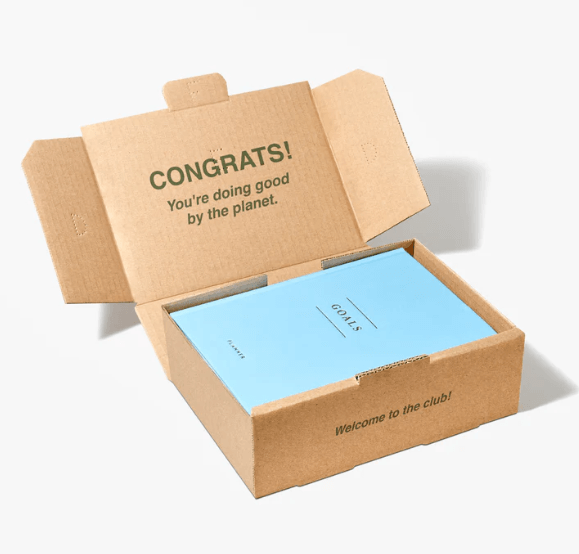
What’s coming up for HeapsGood?
The team are actively working on a home compostable padded mailer, which will be the first of its kind, certainly here in Australia. Other than that they have some impact collaborations coming online through this year, some great charities to be working with.
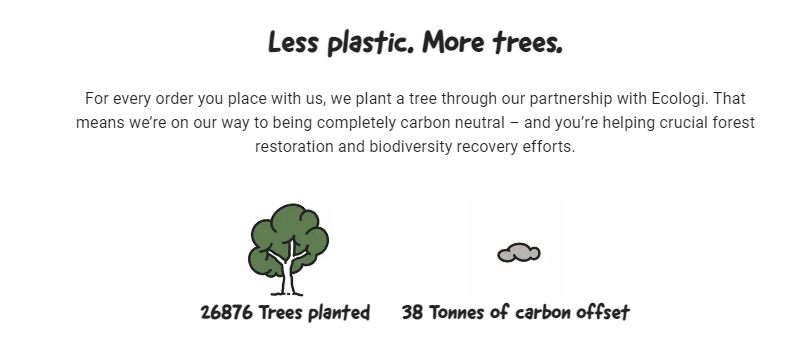
Where can brands go to buy HeapsGood products?
Head to https://heapsgoodpackaging.com.au and use code packlikeaboss to get 10% off your first order.
Top Takeouts
Let’s get real about recyclable plastic mailers. As much as we might want it to be, that’s really not a thing here in Australia. The collapse of the red cycle program has shown clearly that soft plastics recycling is deeply problematic.
The ACCC recently released some guidance that you shouldn’t claim something is recyclable if it can’t broadly be recycled by consumers, and I think that directly applies now to technically recyclable plastic mailer satchels.
So, if you’re using those currently, now might be a good time to check out paper-based or compostable mailers, both of which of course you can get from my sponsors!
Secondly, the word compostable is often confusing to consumers. Industrially compostable items kind of fall into the same bag as plastic mailers from the ACCC’s guidance point of view, because we don’t have easily accessible industrial composting facilities here in Aus just now.
Home compostable is what you need, but that isn’t without its confusion points. Make sure you’re communicating with your customers about what to do with them once they get them.
Lastly – story story story. Packaging is not just a way to keep products safe on route to the customer. It’s also a brilliant touchpoint with your customers in the moment they first get your products in their hands.
Now imagine that scene for a moment. They’ve purchase you’re ‘good for the planet’ product, they’re excited to unpack it, to see it for the first time, to use it and enjoy it. Do you want their first experience to be extracting it from packaging that ends up rotting in landfill? I can promise you as a consumer myself, I hate that!
But beyond that, imagine the moment when they open the lid, and inside is a Mission aligned message, congratulating them for taking action, for choosing better, and giving them some next steps.
How powerful would that be to engaging people and enrolling them in your movement? That used to be unapproachable for small brands because of the huge MOQs, but with HeapsGood’s innovation that capability is now in everyone’s hands. And that to me is truly a game changer.





